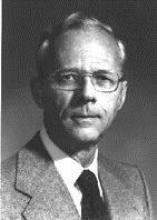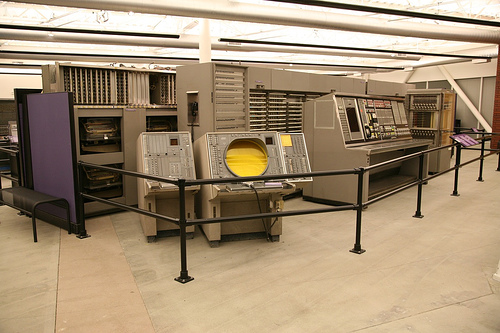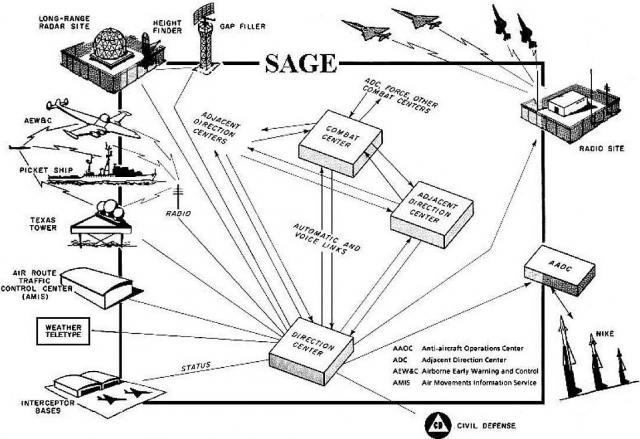On 16 January in 1956, the United States publicly disclosed the existence of an air defence system (Semi-Automatic Ground Environment – SAGE) that had been developed in response to the cold war. The SAGE is of interest in IT history as the data provided by hundreds of radar stations in the US and Canada were integrated in a new, innovative computer network. The system was used until the next change in technology, when it was replaced by the Regional Operations Control Centers (ROCC).
The prototype of the system was developed by Jay Wright Forrester (1919-), one of the pioneers in computer science.
Forrester was born on a cattle ranch in Nebraska. He was a high school student when he built the first electric power supply for their ranch by making use of a car generator powered by a wind wheel. This interest led him to choose electrical engineering as a career, then during his specialised engineering studies he went on to work as a research assistant at MIT’s High Voltage Laboratory, and later on he joined MIT’s Servomechanism Laboratory, where he was engaged in the electronic and hydraulic development of servomechanism of cannon guns and radars. From 1944 onwards he designed computer testing for aircraft designs developed for the navy.
 During World War Two and afterwards the US army developed the ENIAC system, while the navy’s analogue computer called Whirlwind was subsequently developed into the air defence system called SAGE. Forrester abandoned the original analogue structure, and transformed Whirlwind into a digital system modelled on ENIAC. However, his main accomplishment was the invention of the coincident-current magnetic core memory, which was significantly improved in 1949, and eventually became generally used in the entire computer industry.
During World War Two and afterwards the US army developed the ENIAC system, while the navy’s analogue computer called Whirlwind was subsequently developed into the air defence system called SAGE. Forrester abandoned the original analogue structure, and transformed Whirlwind into a digital system modelled on ENIAC. However, his main accomplishment was the invention of the coincident-current magnetic core memory, which was significantly improved in 1949, and eventually became generally used in the entire computer industry.
After the Soviet Union had exploded its first atomic bomb and the cold war commenced, the American military leadership renewed interest in computer technology and dismissed plans to discontinue the “Whirlwind” project. It was Forrester who developed the prototype for the semi-automatic ground environment system (SAGE) based on Whirlwind. In 1953, coincident-current magnetic core memory was built into the system, which was eventually put at work in 1958. The SAGE system served as the foundation for the US air defence until the late 1980s.


